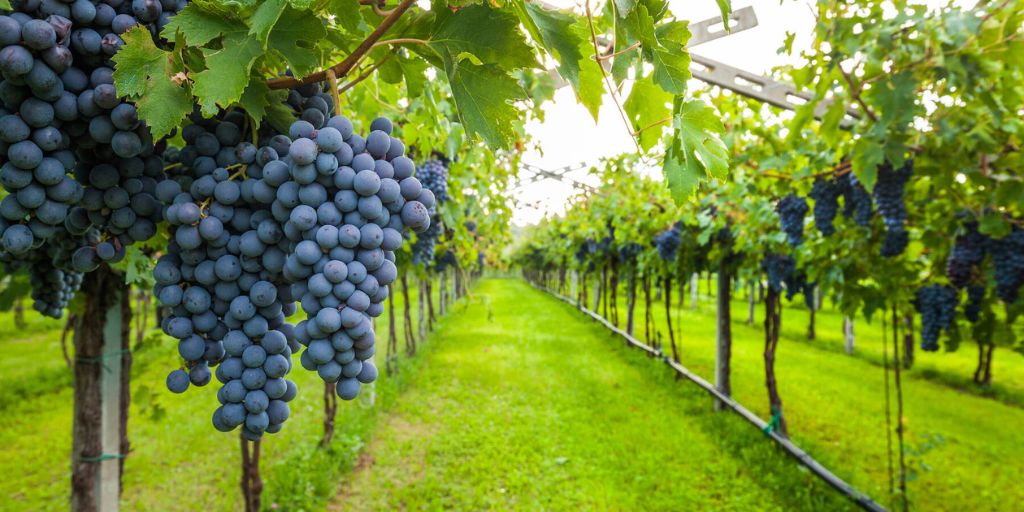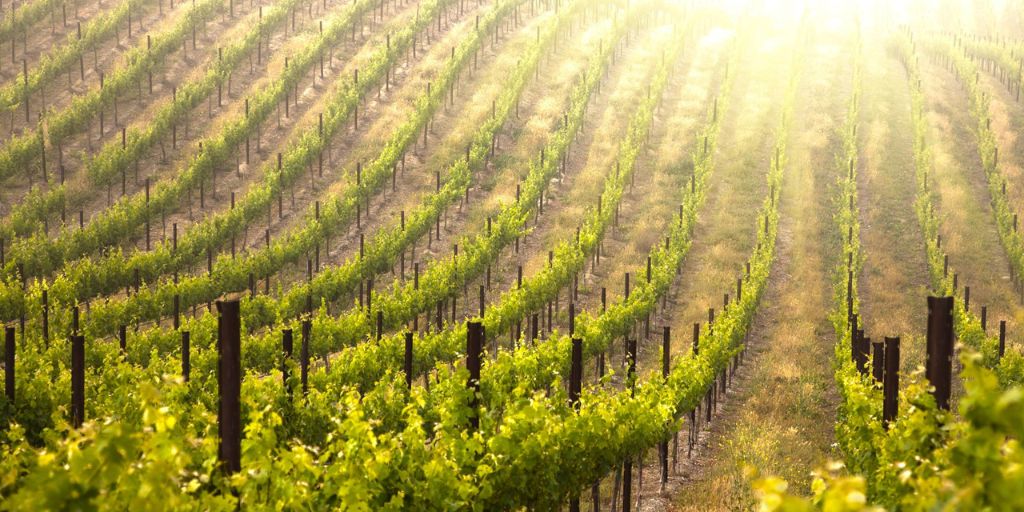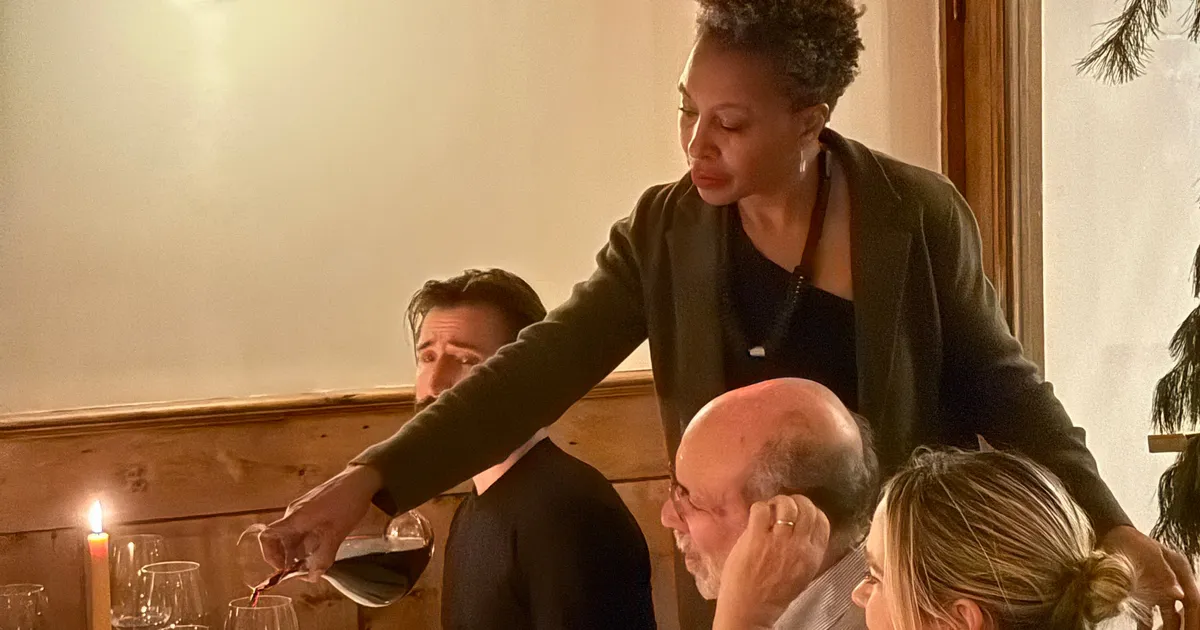A visit to a vineyard can be a magical experience—rolling hills lined with grapevines, the aroma of fermenting wine in barrel rooms, and the pleasure of tasting wines at the source.
Whether you’re a casual wine drinker or a budding enthusiast, visiting a vineyard is a unique opportunity to deepen your appreciation for wine, learn about winemaking, and enjoy the scenery.
If it’s your first time, however, you may not know what to expect or how to make the most of the experience. Should you book in advance? How should you dress? What do you say during a tasting? This guide offers helpful tips for first-time vineyard visitors to ensure your trip is enjoyable, informative, and unforgettable.
1. Do Your Research in Advance
Before visiting a vineyard, it’s important to do a little homework. Not all vineyards are the same—some are large, commercial operations offering multiple tasting rooms and tours, while others are small, family-run estates with limited access. Look into the vineyard’s reputation, specialties (red, white, sparkling, etc.), and what kind of experience they offer.
Key questions to answer:
-
Do they require reservations?
-
Are there tours, or just tastings?
-
What types of wines do they produce?
-
Do they serve food or allow picnics?
Use the winery’s website or online reviews to get a sense of the ambiance and offerings. Booking ahead is highly recommended, especially on weekends or during harvest season.
2. Dress Comfortably but Appropriately
Vineyard visits can involve walking on uneven ground, standing for long periods, and exposure to the elements. While you don’t need to dress formally, it’s best to aim for smart-casual attire.
Recommended attire:
-
Comfortable shoes (avoid high heels or flip-flops)
-
Layers, especially in cooler climates or changing weather
-
Sunglasses and sunscreen for outdoor tastings or tours
-
A hat for sun protection, especially in summer
Keep in mind that some vineyards may also include visits to production facilities or cellars, where temperatures can be cool.
3. Eat Before You Go
Wine tasting on an empty stomach is never a good idea. Most vineyards pour small amounts (1–2 oz per wine), but after several tastings, it adds up. Eating beforehand helps absorb the alcohol and enhances your ability to focus on tasting notes.
If the winery offers food pairings or cheese plates, that’s a bonus. Otherwise, consider bringing your own snacks if allowed—or plan a meal at a nearby restaurant.
4. Pace Yourself During Tastings
First-time visitors often feel the need to finish every tasting pour, but that’s not required. It’s completely acceptable (and expected) to use the spit bucket provided at each station. This helps you sample multiple wines without becoming intoxicated.
Tips to pace yourself:
-
Sip slowly and take notes if you want to remember favorites.
-
Drink water between tastings.
-
Avoid over-sampling, especially if visiting multiple wineries in a day.
It’s about quality, not quantity.
5. Engage with the Staff
Tasting room attendants or hosts are often passionate about wine and love sharing their knowledge. Don’t be afraid to ask questions—this is one of the best ways to learn.
Good questions to ask:
-
What grapes are grown here?
-
How was this vintage different from others?
-
What’s the winemaker’s style or philosophy?
-
Are any wines estate-grown or single vineyard?
Engaging in conversation can often lead to special pours or insights you wouldn’t otherwise receive.
6. Mind Your Wine Etiquette
Even if you’re new to wine, basic etiquette goes a long way in making a positive impression.
Wine tasting etiquette tips:
-
Don’t wear strong perfume or cologne—it interferes with aroma.
-
Hold your glass by the stem, not the bowl.
-
Swirl, sniff, and sip to fully experience each wine.
-
Listen politely even if you already know wine basics—each vineyard has its own story.
-
Don’t criticize a wine loudly—taste is subjective, and someone else may love it.
7. Take Notes or Photos
With so many aromas and flavors swirling around, it’s easy to forget which wine you liked best. Bring a small notebook or use your phone to jot down tasting notes, wine names, and even food pairing ideas.
Note-taking tips:
-
Record the wine name, vintage, and grape variety.
-
Describe aromas and flavors in your own words.
-
Mark your favorites with stars or short notes (e.g., “great with seafood”).
Photos of labels or bottles also help when looking for the wine later in stores or online.
8. Don’t Feel Pressured to Buy—But Consider It
Most wineries sell bottles on-site, and while there’s often no obligation to purchase, buying a bottle or two is a great way to support the vineyard, especially if the tasting was free or inexpensive.
If you fall in love with a wine that isn’t widely distributed, this might be your only chance to get it. Some wineries even offer discounts on case purchases or memberships in wine clubs.
9. Be Respectful and Responsible
Remember that a vineyard is both a business and, often, someone’s home or farmland. Be respectful of the property, staff, and other guests.
Additional tips:
-
Don’t bring your own wine or outside alcohol.
-
Supervise children (if they’re allowed at all).
-
Keep noise levels reasonable, especially in quiet tasting rooms.
If you’re driving, be aware of how much you’ve consumed. Appoint a designated driver, use ride-share services if available, or join a guided wine tour with transportation included.

10. Explore the Surroundings
A vineyard visit is as much about the setting as the wine. Take a few moments to walk around, enjoy the scenery, and appreciate the environment that produces the wine in your glass.
Many vineyards are located in beautiful countryside areas, often near charming towns, boutique hotels, or hiking trails. Make a day of it—or even a weekend getaway.
Bonus: Consider the Season
The time of year can dramatically affect your vineyard experience.
-
Spring: Bud break, green vines starting to grow—pleasant weather and fewer crowds.
-
Summer: Lush vineyards, active canopy management—can be hot and busy.
-
Autumn (Harvest): Most exciting time—grape picking, crush, and peak energy at wineries.
-
Winter: Dormant vines but cozy indoor tastings—less crowded and more intimate.
Each season offers a different perspective, so don’t hesitate to return at different times of the year.
Visiting a vineyard for the first time is an immersive way to learn about wine in its natural context. From walking among the vines to sipping freshly poured vintages, it’s a sensory experience that deepens your appreciation for the craft of winemaking.
With a little preparation, thoughtful pacing, and a spirit of curiosity, your first vineyard visit can be the beginning of a lifelong love of wine—one that’s rooted not just in taste but in place, people, and passion.
So raise your glass to new experiences. Whether you’re heading to Napa, Tuscany, Bordeaux, or a hidden gem in your local wine country, your first vineyard trip is sure to be as educational as it is enjoyable. Cheers!


